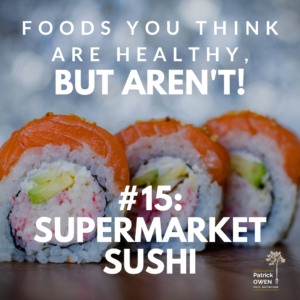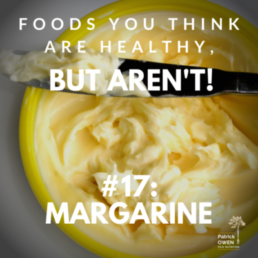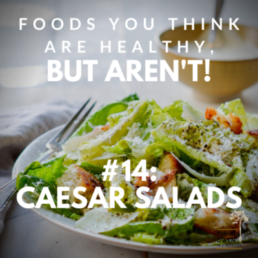
WHY WE THINK IT’S HEALTHY:
Sushi has an amazing reputation as a healthy meal. It’s light, contains whole foods — vegetables, seaweed and uncooked fish — and it’s absolutely delicious.
WHY IT’S NOT:
Ironically, sushi is not eaten in Japan because of its healthy qualities but because it tastes good. It’s considered a special meal for special occasions, so it’s not eaten regularly.
In the West, however, we do what we always do: take things to the next level. We made sushi an unhealthy food by adding non-Japanese things like vegetable oil-based mayonnaise and low fat cream cheese. But we also eat way more of it than the Japanese do. The refined white rice seasoned with sugar- and salt-infused vinegar can make up more than 75% of each sushi bite, along with minimal vegetables and garnished with a little raw fish. A typical sushi roll has up to about 350 calories, mostly from rice, which is the equivalent of four slices of bread. Two servings of California rolls, one of the most popular takeout options in supermarkets, has 740 calories and 22 grams of sugar. To compare, a McDonald’s Big Mac and a small order of fries clocks in at 780 calories and 9 grams of sugar. Add in the soy sauce, and that’ll give you an extra wallop of sodium and wheat gluten.
If you can’t live without sushi, try to make it healthier. Choose a mix of sashimi — the raw fish with the rice on the side, and avoid the deep-fried rolls like tempura. Opt for low sodium soya sauce or gluten-free Tamari sauce if you’re concerned about sodium or gluten. And take the lead from the folks who originally brought sushi to the world and eat it only occasionally.











[…] https://drpatrickowen.com/foods-you-think-are-healthy-but-arent-15-supermarket_sushi/ […]
Very nice blog, informative and not hype. Thank you.